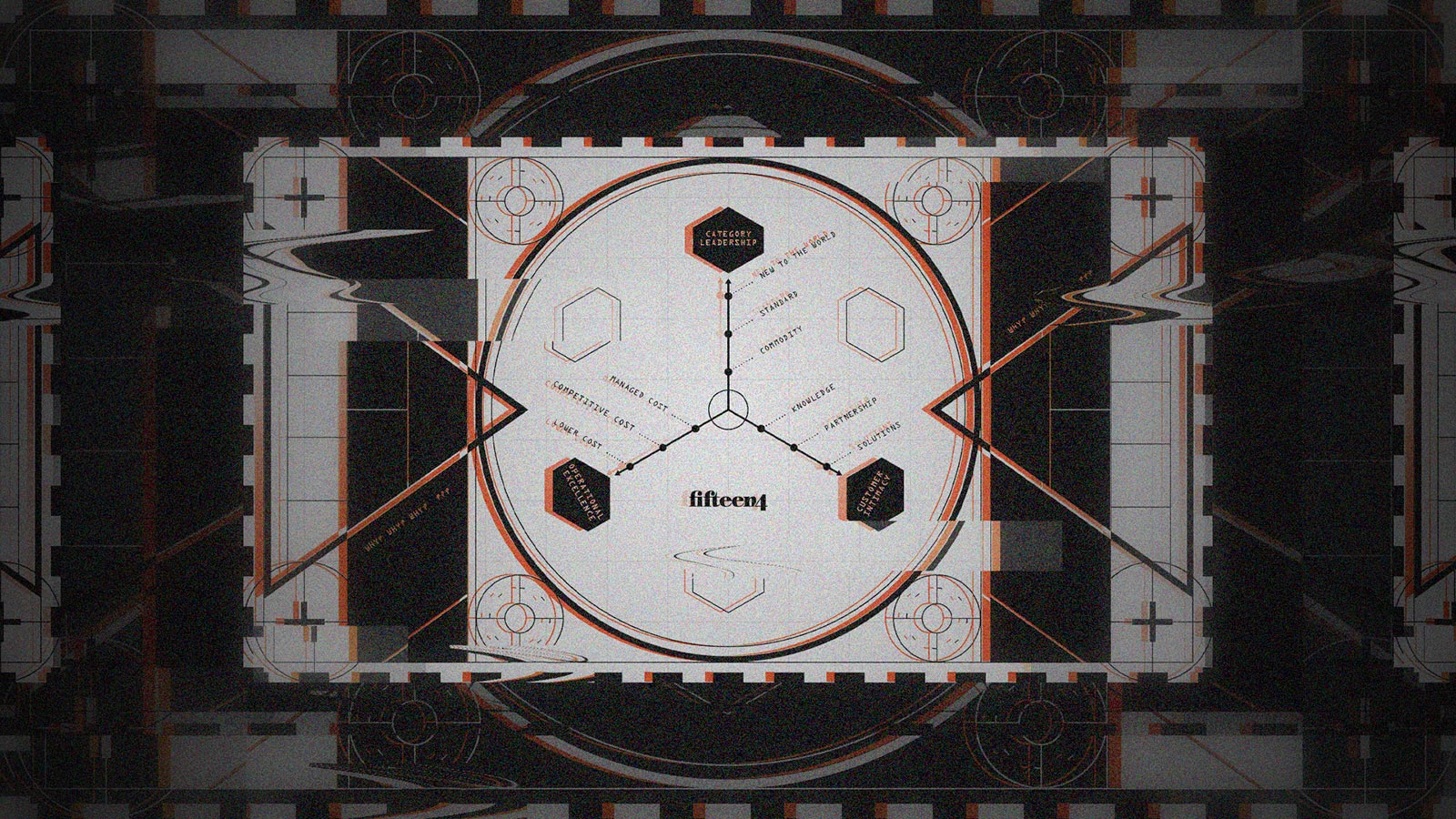People don’t buy what you do. They buy why you do it. You’re not just selling stuff, however great that stuff might be. You’re establishing a community of shared beliefs. When buyers or clients say “yes” to your offering, they’re actually agreeing to something fundamental that you believe – a conclusion that you’ve made, something that led you to innovate, launch, join and sell the product or solution you’re repping.
So how hard is it for you to discover and articulate your WHY?
Hard.
When you’ve spent years in the weeds of your brand’s day-to-day it can be difficult to rediscover why you do what you do. But being able to articulate this with fluency and speed is critical if you’re going to keep content, product launches, campaigns and other important moments on-brand and on-mission. It’s also very hard to keep pushing fresh content into market with any velocity if you’re constantly revisiting the brand’s purpose or central narrative.
Here’s the process we use with clients to get at the heart of this. And we use some version of it every time there’s a new launch, campaign, acquisition or brand rewrite. It takes time – usually days to get to a V1. But it works if you work it.
Step 1: Identify your advantage.
We use the Venn diagram from Corporate Visions’ Power Messaging approach to get back to the heart of what a brand has to say to its community. We want this said in a way that sounds different and is different than the messages being pushed by competitors. Starting here helps us hear some key differentiators which can set you apart from the noise.
Step 2: Diagnose your current strengths.
We use something we named the “flux capacitor” which is basically our version of a value discipline tool developed by Treacy and Wiersma. What is it that you’re already doing extremely well? Let’s leverage that general strength, even as we prepare to lean into new ones. Have you established a measure of product leadership? Operational excellence? Customer intimacy? Most companies have naturally excelled in one of these areas by the time we start working together. It’s important to assess this with brutal honesty because it reveals some core priorities of why you’re in business.
Step 3: Construct a messaging pyramid.
Hopefully, your team has been through an exercise like this. But often, over time, the pyramid gets turned upside down and priorities end up reversed. Instead of leading with the “WHY,” companies often talk features first. Doing this doesn’t help prospects understand why they should join you, or even why they should change from what they’re already doing. Leading with features and product points doesn’t help fellow believers recognize your voice when you’re calling out to them. It’s important that your brand understands its personality traits, reasons to believe, functional and emotional benefits, and what you do. Often, these items need to be unpacked in the order listed above. After you’ve done that, you’re ready to start filling in some versions of your why. When you start to get your “why” figured out, your business can change and flex with the market without shifting your core priorities.
What does it look like when companies reverse this order? Imagine if BMW spent most of their ad space talking about the xDrive all-wheel drive transmission. People don’t buy transmissions. They buy cars. Really, they buy the experience and the emotion they believe a new car will give them. That’s why BMW sells the “ultimate driving machine.”
Let’s say your “WHY” is “We want to heal people. Then you’re in the “healing” business. This core passion can now be expressed through a number of different business models. You might be a physician, a psychotherapist, a yogi, a massage therapist, or a chemist working for a big pharmaceutical company.
A hotel chain isn’t in the room rental business, it’s in the hospitality business. Our client, Hilton, took this even further by recognizing that they’re in the renewal business. Their product is what happens when you flop on the bed in your quiet room after a long day of travel. Understanding they were renewing and reviving travelers gave them the vision decades ago to add TVs and minibars to hotel rooms when others just thought they were renting beds. Conrad Hilton believed that hospitality, a handshake, and refreshment at the end of a long day could change the world. Understanding this “why” has allowed Hilton to create many innovations that are now common to the hospitality space.
Step 4: Write a new positioning statement with your ELT.
This is the movie trailer version of step three. Read with your best movie trailer voice, “In a world, where everybody else does this, we do that, because we believe such and such.”
Step 5: Add visuals and copy!
Step five is where you wrap the new narrative in beautiful creative treatments and wordsmith your story with clever, punchy copy. It’s where words and pictures take up the case of your businesses’ WHY and connect it with the world.
Besides being able to market, sell, grow, and embrace change with confidence, understanding your “why” has another huge upside that we haven’t even touched on, and that is organizational health. And as Patrick Lencioni has said, organizational health trumps everything else in business. Healthy organizations understand their “why” so well that every employee can taste it and every client can smell it.
Start with why.

